Hario Mugen / Switch Brewer Hack
This guide will show you how to hack a Hario Switch together with the Mugen dripper (dead simple!) and then present a recipe for getting the most out of it. Of course this is not the only kind of recipe for this hacked device – experiment like crazy!
For reference, we’re using 15g of coffee ground to a standard press pot grind, will brew with 300ml of water, and take about 4 minutes for the full brew, resulting in a stronger cup than the 1:20 ratio of coffee to water would suggest.
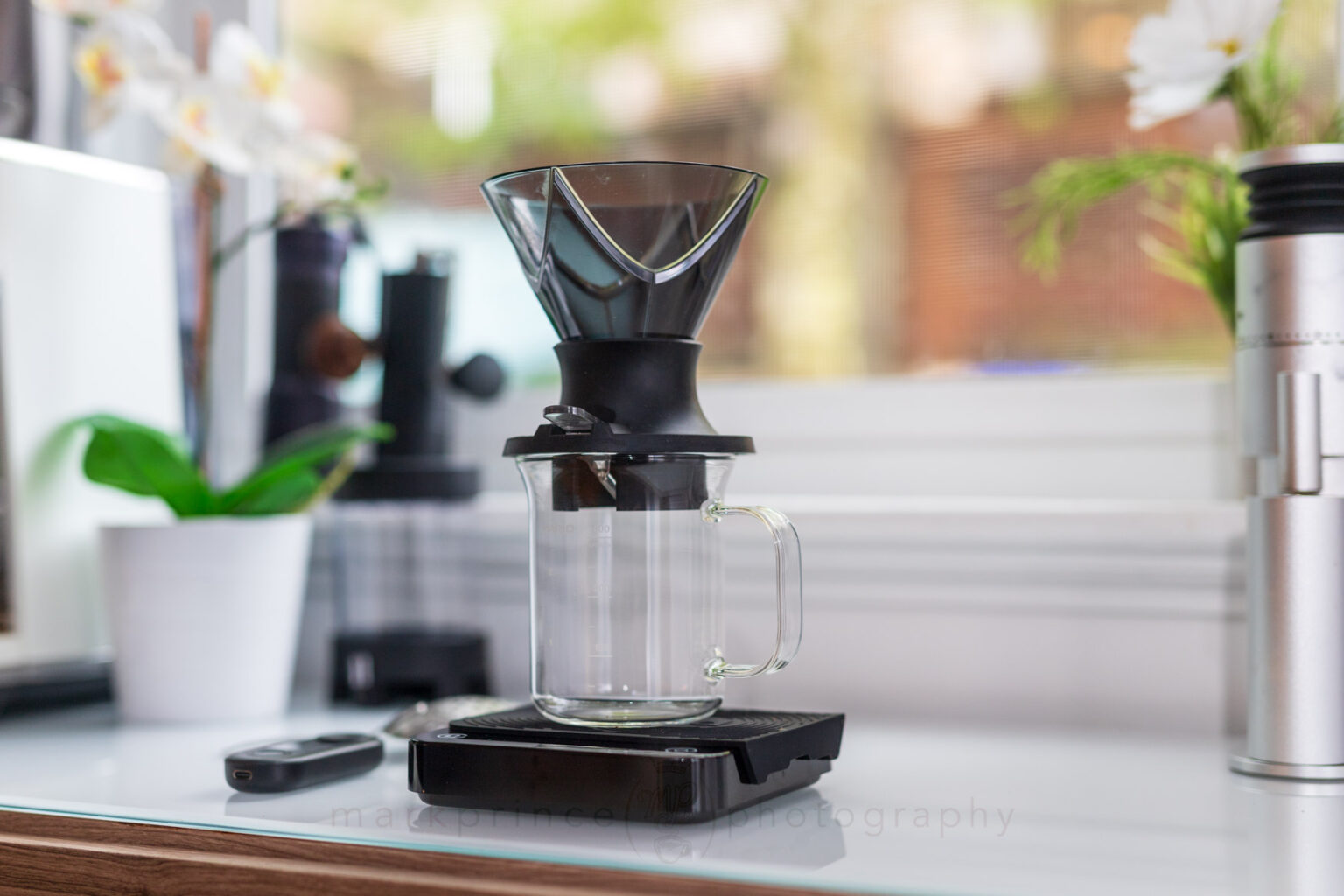
Time Needed: 5 minutes
Equipment Cost $ 75
Necessary Supplies
Necessary Tools
Hack and Recipe Steps
Disassemble the Switch Brewer
Once you get both brewing devices, pop the glass V60 filter holder out of the Switch body by wiggling it back and forth as you pull it out. It’s in tight, but should be easy to remove.
Disassemble the Mugen Brewer
Remove the Mugen Dripper (it comes in both plastic and ceramic versions, but the holder it sits in is plastic) from its holder. If you like pop the V60 into that hand held flat wedge the Mugen used to sit in, and use that as your V60 brewer going forward.
Build the Hack
Insert the Mugen Dripper into the Switch base; it should soft-click into place. You’ve just built your new brewer!
Saturate the Paper
Whenever brewing with a “no-bypass” device like the Mugen, it is vitally important to fully saturate the hario #2 paper filters you place in the Mugen, and make sure it is entirely adhering to the side walls with no real air gaps.
We want this to be a full no-bypass brewer once you flip the Switch’s… er, switch to start the flow of brewed coffee.
Once this is done and drained, close the Switch’s toggle.
Measure Your Coffee
Our recipe is a 1:20 ratio, so 15g of coffee for 300ml of water being used. Measure it out, then pop it into your quality grinder. If you’re using a hand grinder, like the 1Zpresso X-Ultra, set it to 1+5 on the dial. It will only take about 20 seconds to grind.
Add Coffee To Filter
Add the ground coffee to the Mugen / Switch brewer, settling it into a nice level surface, or in our case here, with a slight dimple in the middle.
Do Initial Pour
Add your initial half volume of your total brewing water you plan to use. In our case it’s 150ml. Pour quickly, but evenly to fully saturate the grounds.
Stir it Up
Now for some agitation: give the slurry a good but gentle stir for about 3 or 4 seconds. Enough to really saturate everything, and accelerate the extraction process.
Wait 60 Seconds
Wait 60 seconds to let the coffee fully saturate and immerse then open the Switch’s flow valve.
Begin Next Pour
Begin the next 150ml pour of brewing water, swirling and saturating the entire surface. Go slow, about 5g of water per second. This will get you up to around 3:15-3:30 in the total brewing time.
Let the Brew Complete
Now all that is left to do is to wait for the brew to complete. If you hit the right grind, this method should take around 4 minutes, start to finish. The final draw down can take longer or shorter times depending on your grind.
Of course, this is just one recipe. I encourage you to really experiment with this brewer, and you’ll find some further suggestions below.
Further ThoughtsHario Mugen Switch Hack
Several things are at play with this hack, all open to experimentation. I’m also not going to tell you what is worse or better tasting; I will leave that up to your tastebuds.
As I stated in the preamble, the brew recipe prescribed above is quite different from Hedrick’s 10 minute brew in the original video. That shows the range of experimentation you can dive into. Just in case you didn’t click the link above to his video, here it is, in its entirety.
Full / PartialImmersion Brew
The Mugen, with 15-18g of ground coffee in it, can accommodate up to 300ml of coffee without any flow through. But be warned, that is literally right to the edge of the top of the filter holder. If you decide to brew this way, filling it up right to the rim, and waiting before opening the flow valve, you will have a full immersion brew with one pass through.
I’ve tried a variety of immersion levels:
- full 300ml (stirring briefly midway) then a pause before opening the valve;
- doing a “thirds” brew (valve closed for 100ml, open for the second 100ml, pause, then pour the final 100ml);
- working on half and half (150 in, slight stir, open valve, let drain, close valve, second 150ml in, let steep, then open valve); and
- the method described above in the step by step.
I’ve even done 600ml brews using the half and half method, but starting with 30g coffee and letting the Mugen fill to the rim before letting the coffee flow through for each half stage.
For me, the method prescribed in our step by step works best for my taste likes, and the amount of patience I have for how long a brew takes.
If you do go full immersion, keep in mind it is pretty easy to over extract and get excessive bitters and astringency in the cup. Hedrick did not report these things in his brewing recipe, but he was really controlling the flow and gentle stirs applied.
I find the flow through halvies method in our step by step above cuts this down, but on the other hand, a few full 300ml immersion brews I did were spectacular and notable.
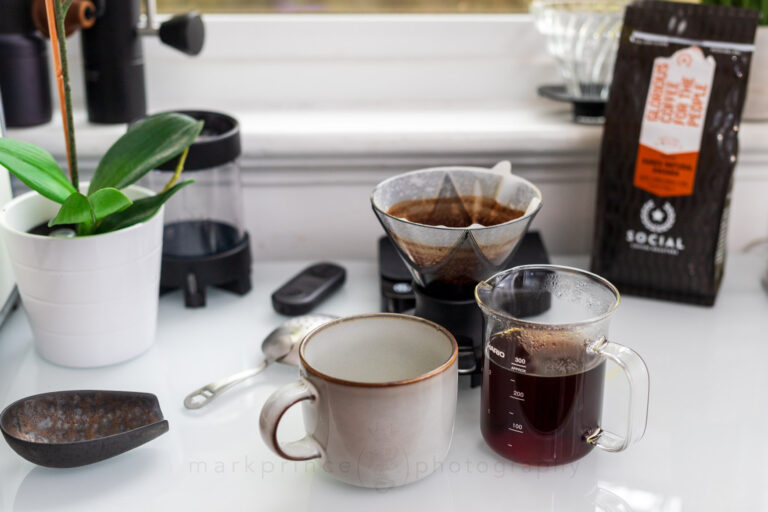
The Finished Brew

Support CoffeeGeek
If you enjoy and learn from this resource, please consider making a one time or recurring donation to help support our work and fund purchases for future reviews.
More onNo-Bypass Brewing
No-Bypass is a trendy, popular thing right now. In fact, one of my favourite “out of the box” non espresso brewers at the moment is a no-bypass brewer called the NextLevel Pulsar. Ironically, that brewer is basically Lance Hedrick’s “Percolative Immersion” brewer brought to life as a complete brewer, no hack required.
The Pulsar, Hedrick’s hack of the Tricolate and Switch, and our Mugen Switch hack all provide the ability to do a full immersion brew, but they also provide a no-bypass brewer, which maximizes the extraction ratios for your brewed coffee. The Mugen Switch works differently than the Pulsar and Tricolate because in those, the bed of coffee is a flat disk with a relatively wide surface area; in the Mugen, it is cone shaped.
This does have different extraction properties, and the Mugen Switch hack gives you some additional options to play and experiment with. For instance: if you’re finding astringency is a problem because of the extended contact time and early swirling and stirring done in the brewer, change things up: don’t stir at all in the first stages. Only apply a gentle stir once the flow through is ongoing, after you’ve poured all your brewing water. This will have the double effect of a) increasing the drain rate at the end, and b) increases the extraction a bit less because your brewing water isn’t as hot as it was at the start of the brew.
Again, it’s all about experimenting.
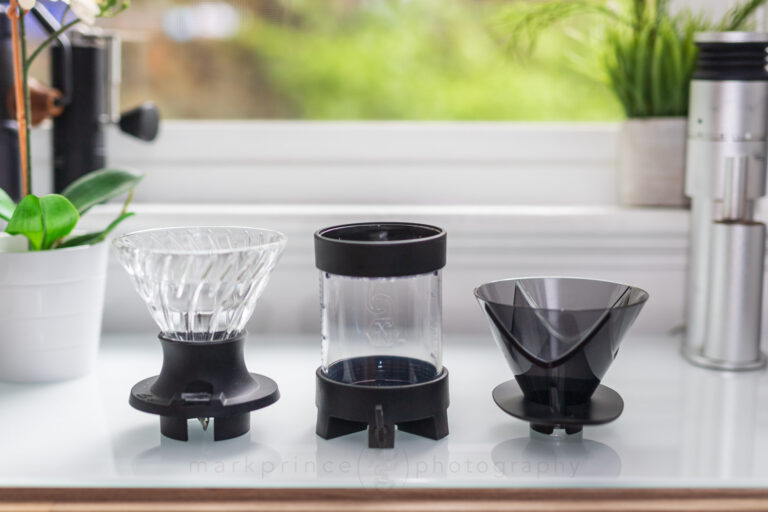
Switch, Pulsar and Mugen
Which HackIs Better?
Honestly, that’s not for me to decide for you. If you have a Switch and a Tricolate, do Hedrick’s hack, and enjoy it!
If you don’t want to “hack” and just have a brewer that presents these opportunities to do immersion and no-bypass brewing, get yourself a Pulsar. But keep in mind: the Pulsar isn’t cheap: it is priced around $65 or higher, and the Hario Mugen / Switch Hack can cost you as little as $40, and you get two complete brewers out of it (the no-bypass Mugen Switch hacked brewer, and a usable V60 brewer).
For my own opinion, I think the Mugen Switch hack is just a bit more elegant than Hedrick’s Tricolate / Switch hack. He freely admits getting the two devices to marry together well is a bit rough, and it requires a bit of a toss and turn to get the last bit of coffee to pour out. I also think you need to be careful about the Tricolate and Switch base accidentally separating (and hot coffee spilling everywhere). The Mugen fits perfectly into the Switch’s holder base, by comparison.
Second, there’s no wash of under-extracted coffee sitting between the filter holder and the Switch’s interior. If you’re doing light brews, small brews, this can really play a factor. Hedrick brewed with a lot of coffee (25g to 350ml, or a 1:14 ratio) which provided a very high finished extraction ratio (2%!!) so that bit of dilution in the base may not matter much in his recipe; but if you are looking to extract more from less coffee (like the method above), that dilution could disrupt the brew taste.
There’s another thing to consider: the different profiles based on the shape of the bed of coffee the brewing water passes through. The Pulsar and the Tricolate / Switch hack both have a flat “disk” of ground coffee to pass through, over a wide area. The Mugen / Switch hack presents an inverted cone of ground coffee, large diameter at the top, narrowing down to a near point at the bottom.
I’ve tried both brewers hundreds of times, and I think I prefer the cone no-bypass over the flat disc no bypass. But that’s just me and my tastes. You may find you like the Pulsar’s profile a lot more.

Support CoffeeGeek
If you enjoy and learn from this resource, please consider making a one time or recurring donation to help support our work and fund purchases for future reviews.





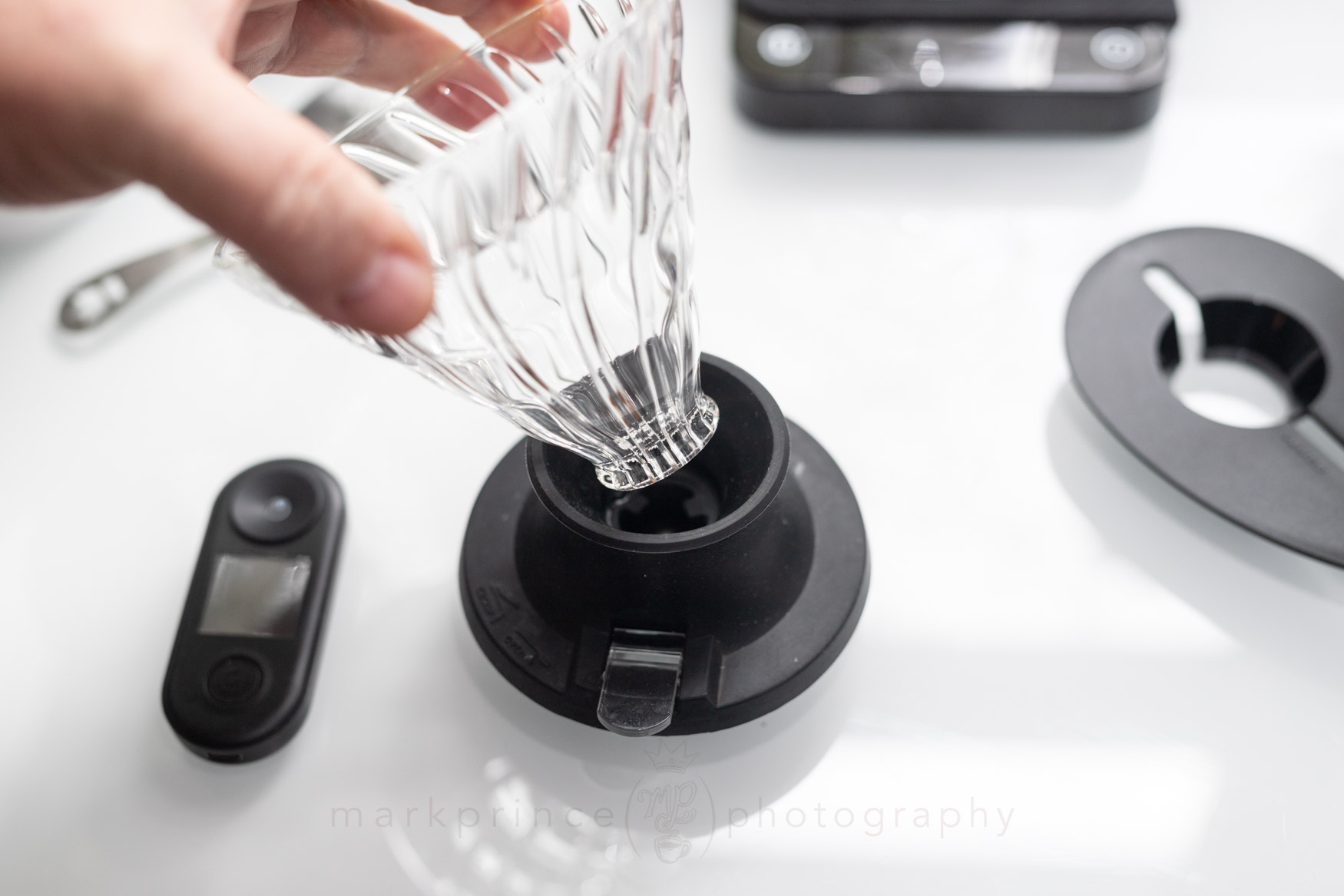
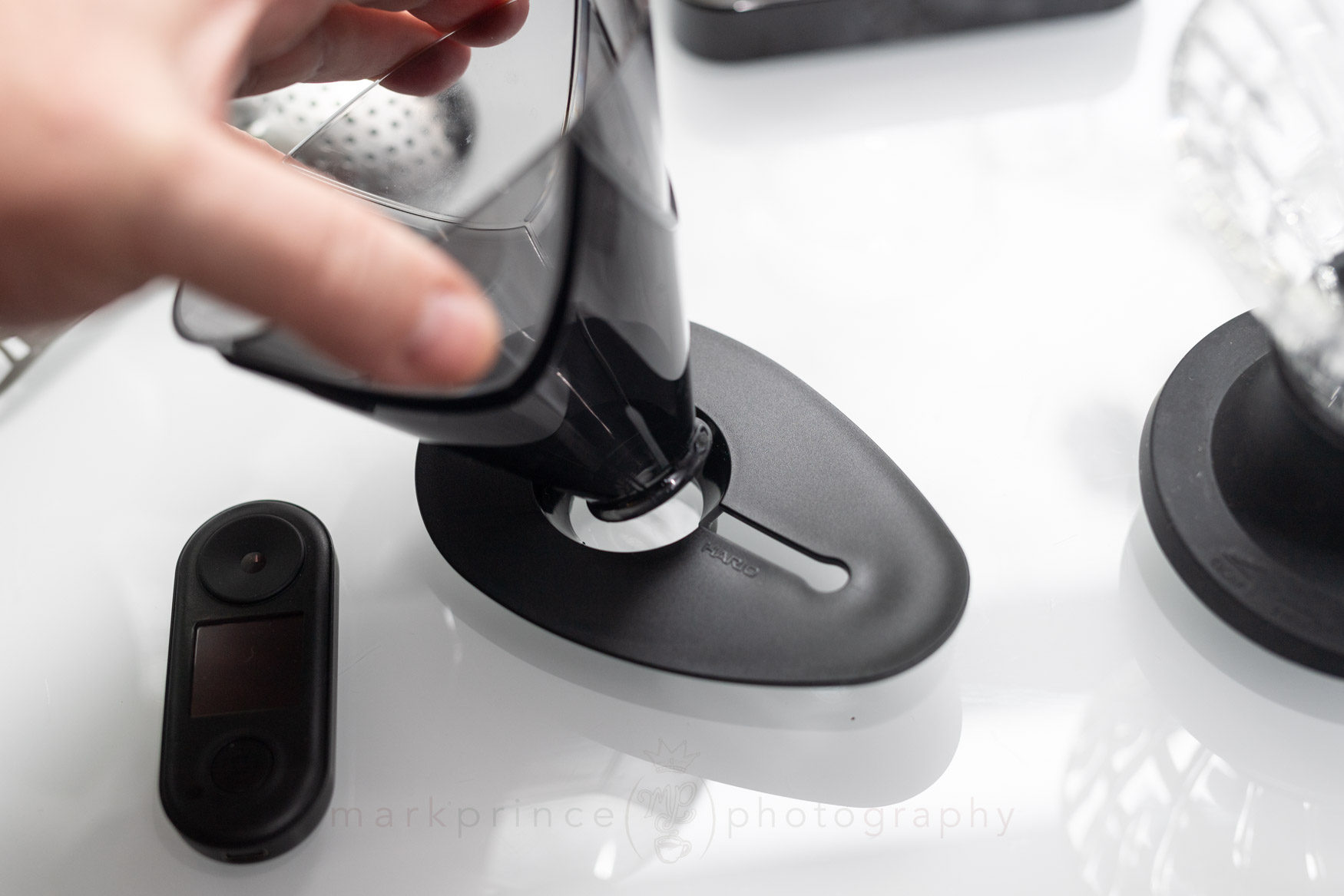
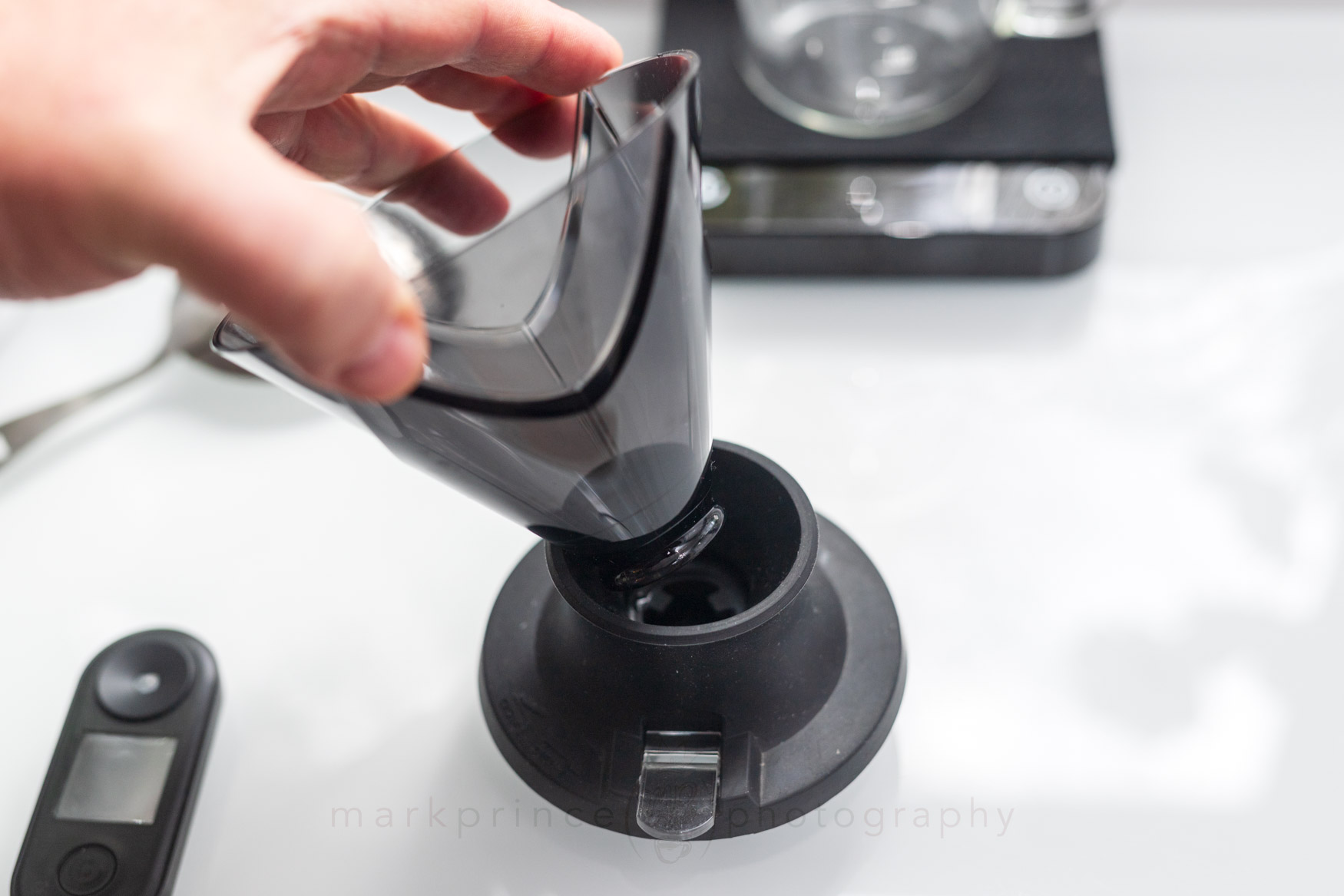


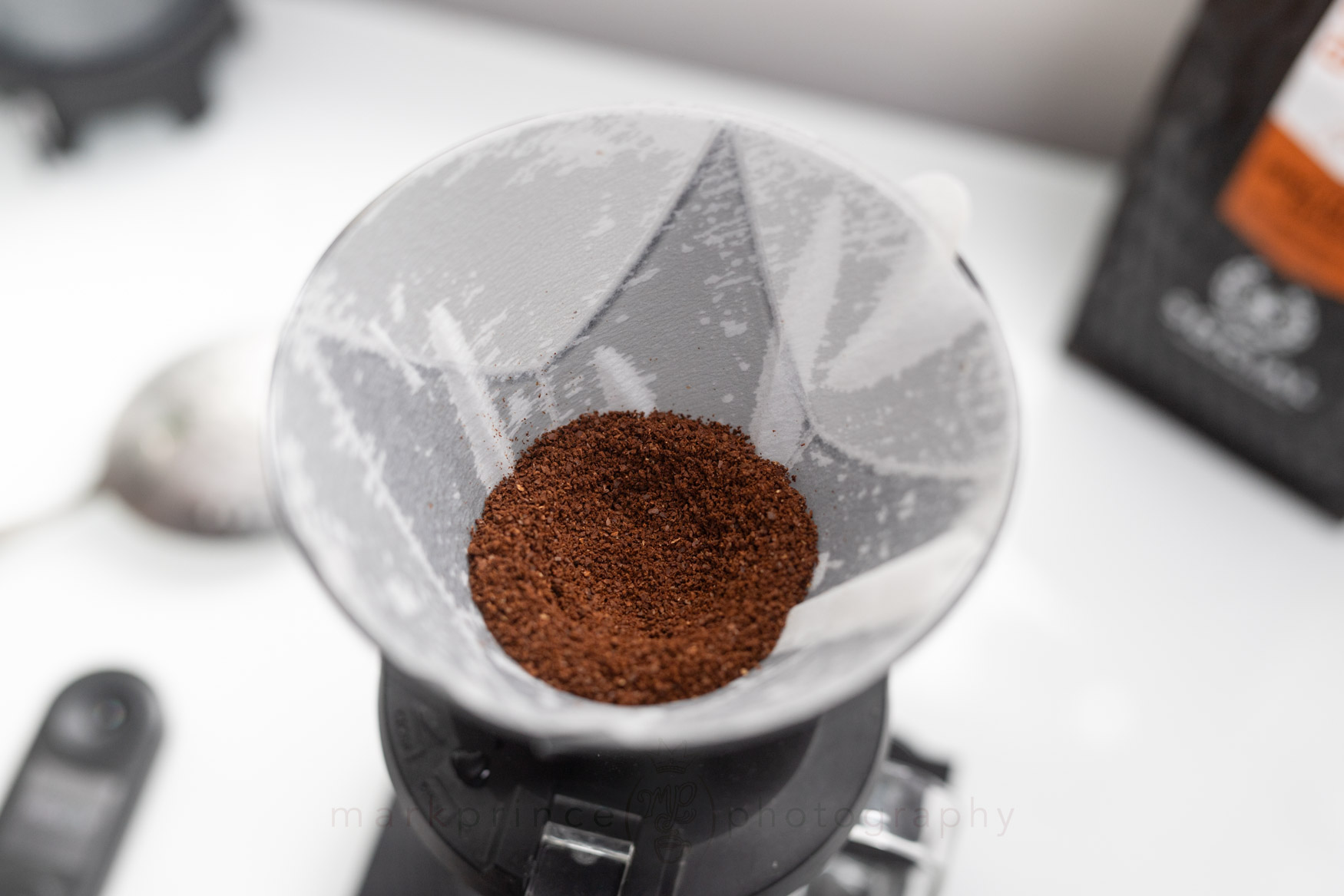
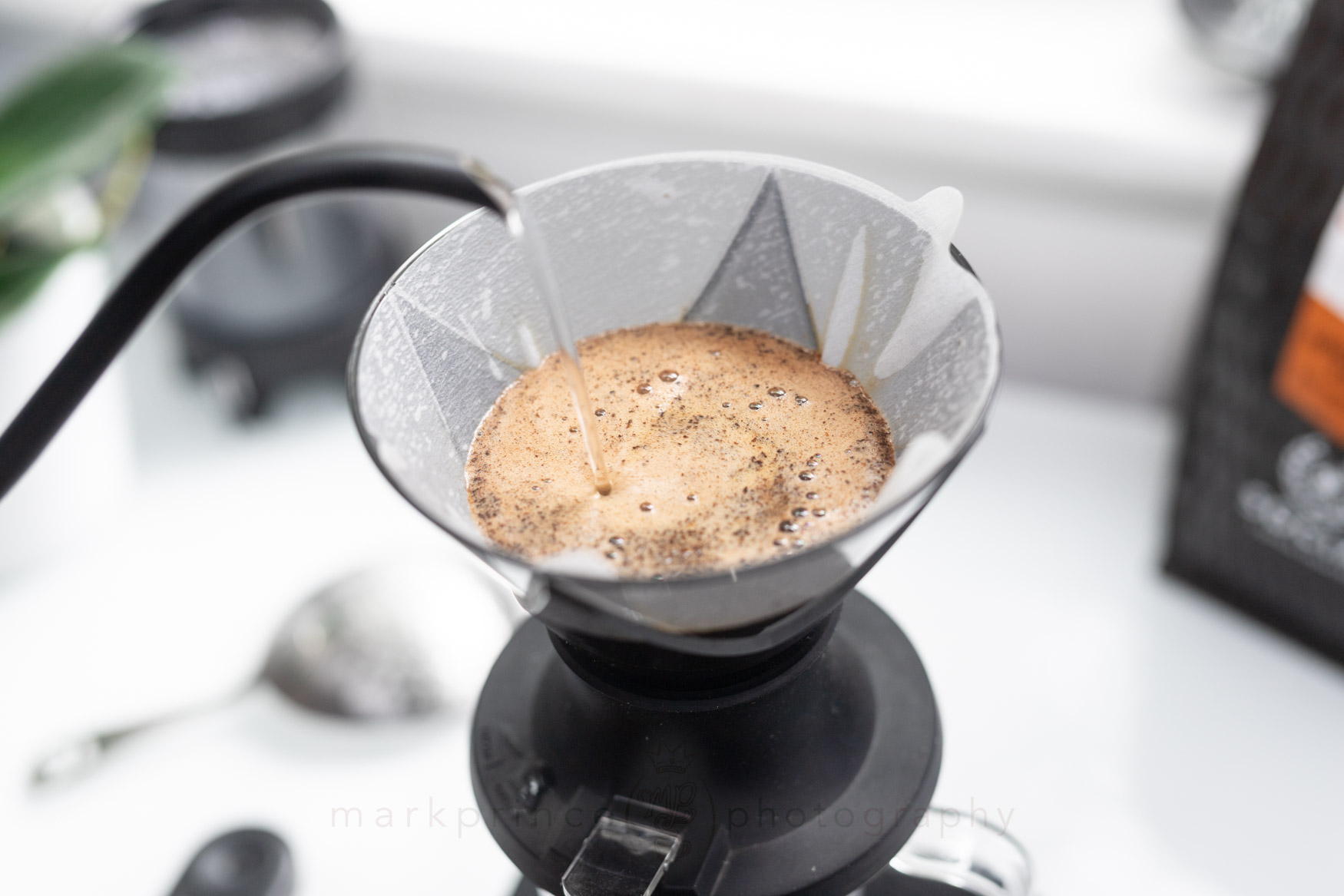
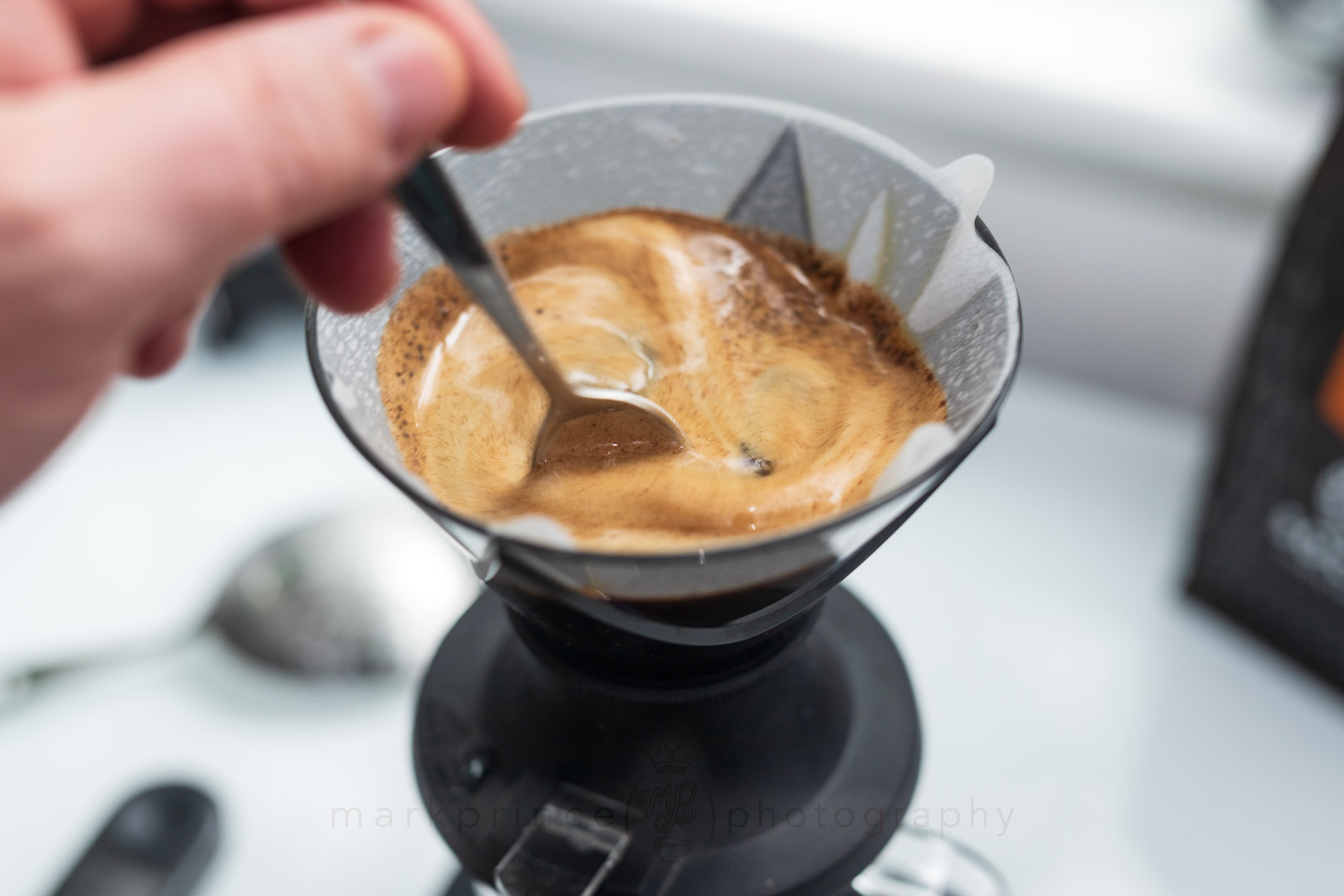
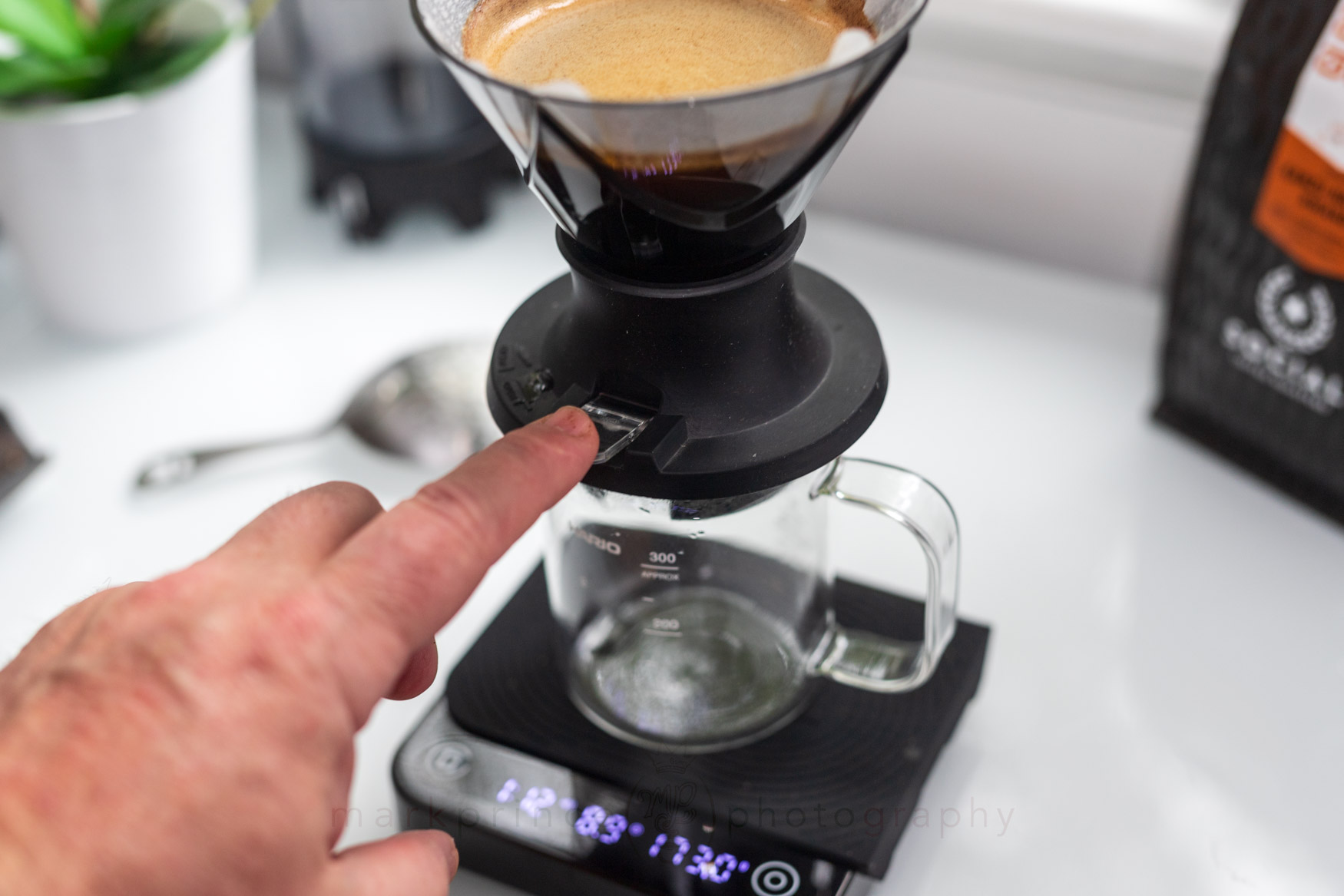

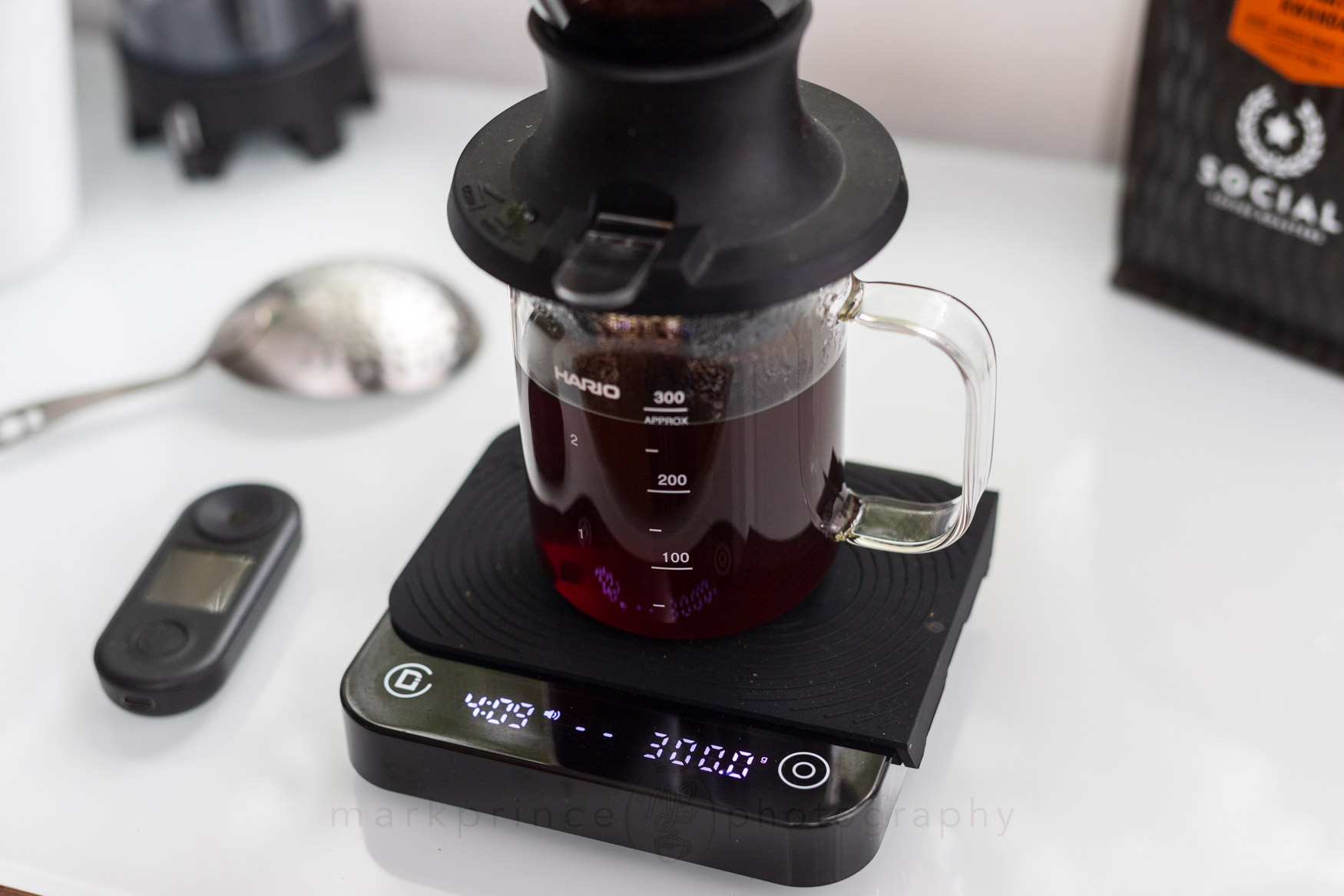
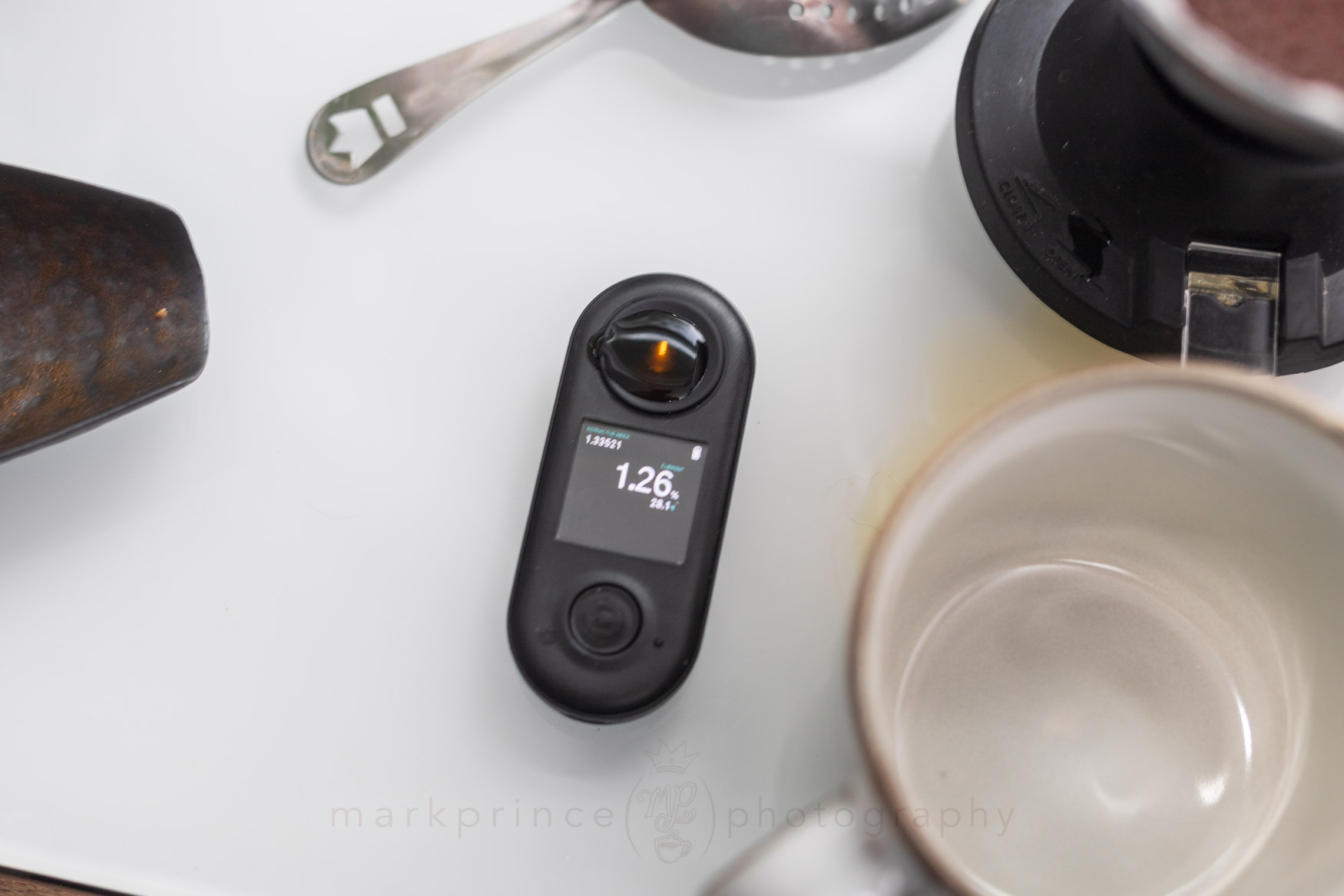



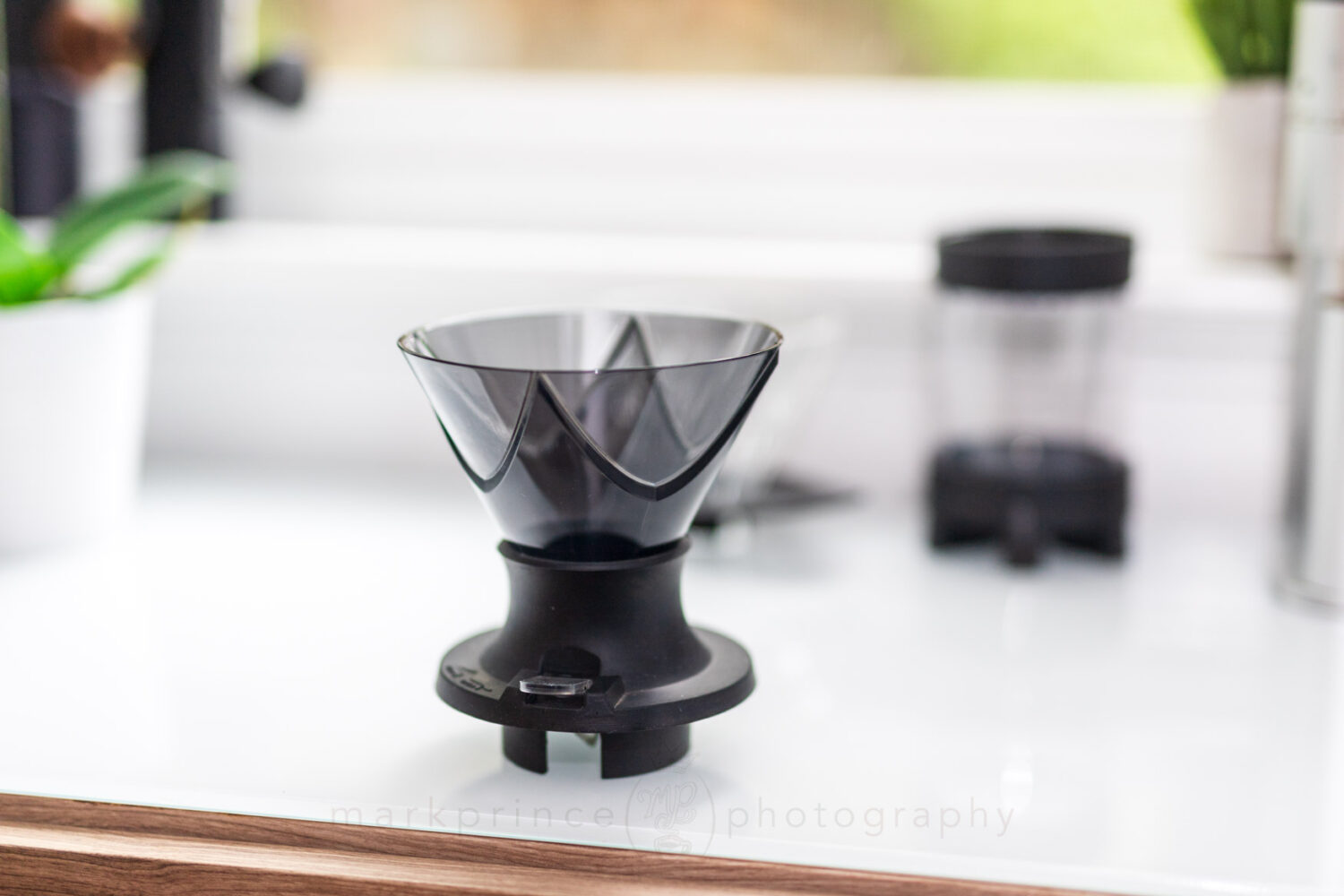





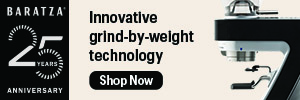


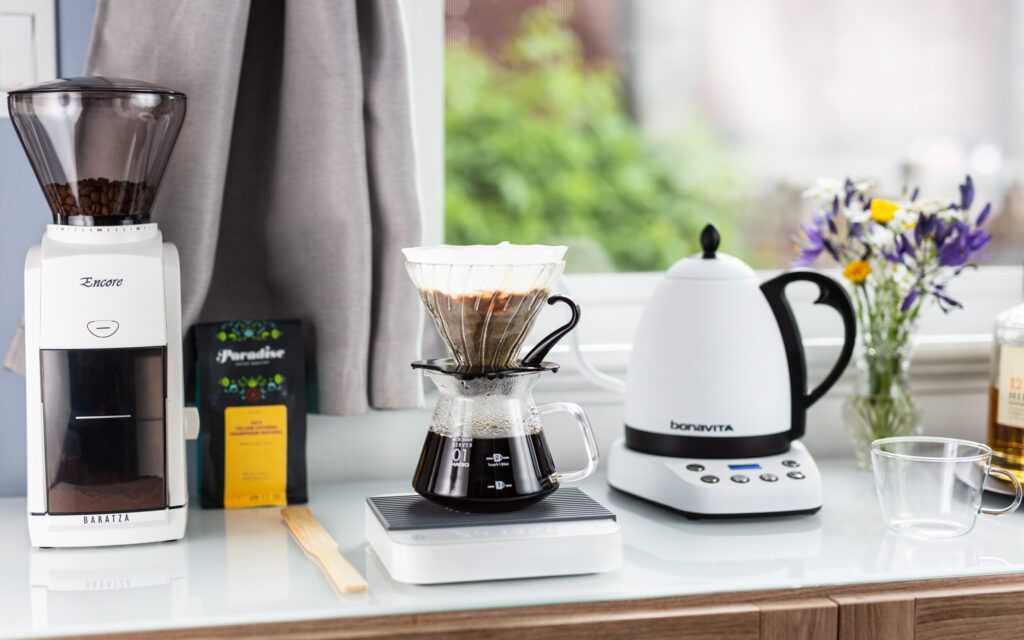
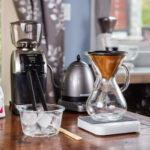
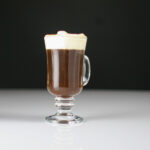
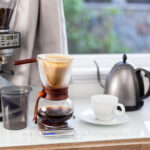

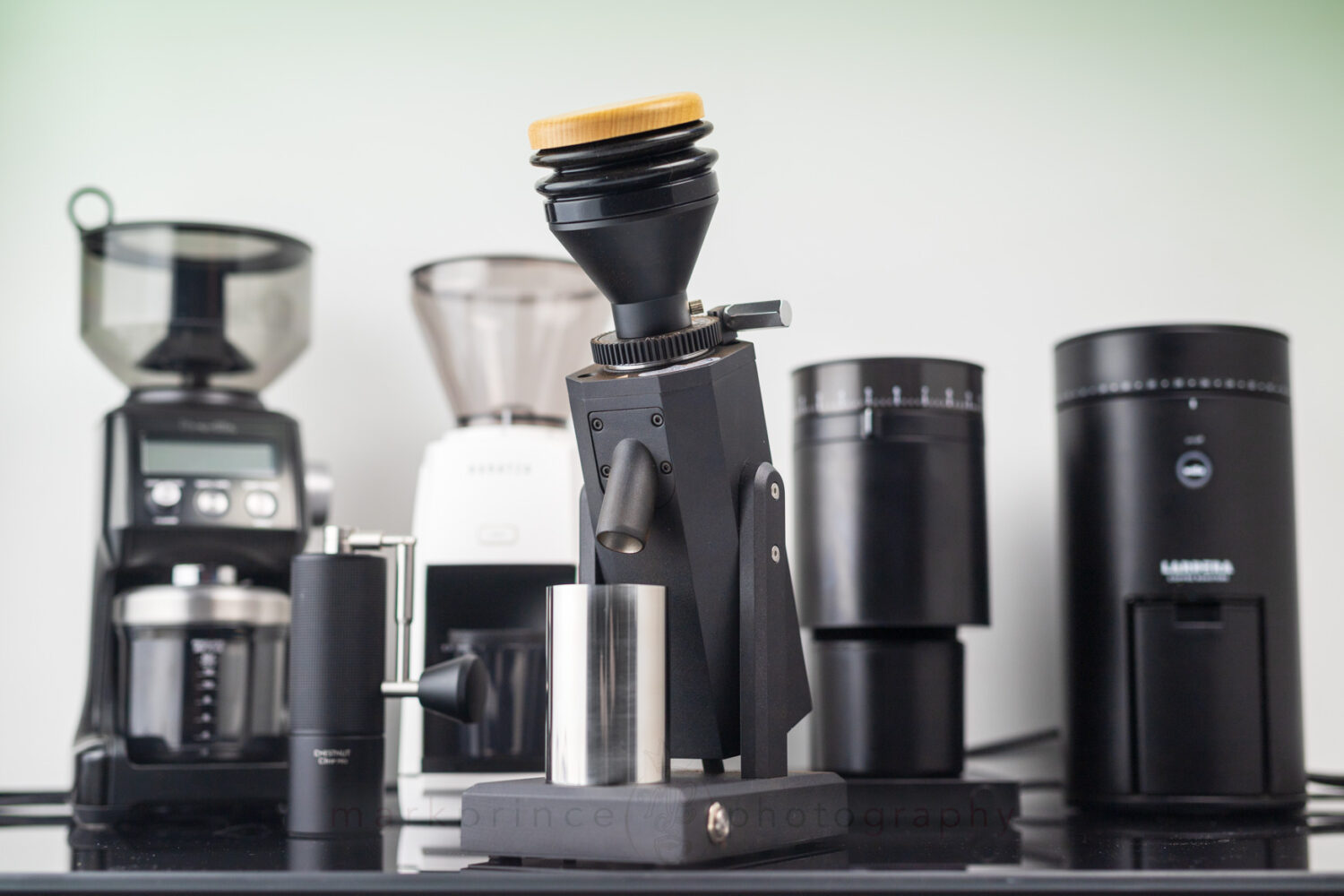
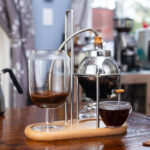










8 Responses
This is a great little hack. I’ve got a switch which I almost never use, but its got me going to it tomorrow morning. I see the Mugen is only 14, so I’ll pick one of those up and give this a go.
Thanks for the guide!
Hi, I’ve just tried the new mugen-switch recipe. And it turned out to be VERY GOOD! I was a bit suspicious about the recipe at first, since it seems to be aiming for a very high extraction. But actually there is no bitterness and astringency at all. Just want to say thank you for the recipe!
Just a short question at last. With a combination of high ratio(1:20), low bypass(mugen) and bare kettle, why it won’t result in over extraction?
I am very happy you enjoyed this how to and the recipe!
I have a question (and perhaps I need to improve how I explain the numbers): do you consider a 1:20 ratio of coffee to water to be high? I normally brew pour over at a 1:14 ratio, which is 1g coffee for every 14g of water. For a 300ml brew, that would be 21g. In this recipe, it is 1:20, or 15g for 300ml water.
Personally, I get confused all the time by ratios vs extraction rates vs TDS final numbers, so maybe I should be more clear here?
I think, if I used my standard 1:14 ratio in this brew, it would end up over extracted, or at the very least, a VERY HIGH extraction (possibly better for dilution with ice for cold brew?); because of the immersion + no bypass, I knew I could coax more out of less coffee with this recipe, and I ended up at 1:20 on the ratio to get in the 1.25-1.35% TDS range for the finished brew.
I wonder if Lance has seen this guide. I wonder if he’s gotten a Mugen yet!
I think I learned about him around the time of the same video. I subscribe to his channel, and learn a lot from it. I assume you and he know each other and talk from time to time? I know he has a love affair with James Hoffman!
Heh. No, I don’t really know Lance. I’ve reached out to him casually a few times, and he does reply but we don’t have very long convos. I did point this guide out to him via IG DMs and he said he’d give a read. He does seem to love Jim! 🙂 🙂 🙂
I do have longer convos with a few of the YT coffee guys. Specifically Coffee Kev (love that guy!), and more recently the fellow who has the Daddy Got Coffee guy, who’s a fellow Canadian. I’ve also had very brief convos with the Alternative Brewing fellow in Australia.
Learned a ton from this guide, thanks a bunch! I’m a bit skeptical that 15g can make a full cup with 300ml, so now I’m tempted to get both devices to try it myself. I was thinking about getting a Pulsar, but it’s pretty pricey. This setup seems to do the same thing for 2/3 of the cost or less, plus I get an extra brewer, a V60, to take to work. Sounds like a win-win to me.
Also, glad to see Berg’s comment—it boosts my confidence that this will be a solid brewer combo. Thanks again!
Tried just now… using suggested grind size (2.0.0 on x-pro)
It’s OK, but not great. Even at this grind size it drained pretty quick but had a bitter taste muting everything else
Hi Sau – experiment more with the grind until you get the drain rate I wrote about in this how to, and let me know how that tastes.
The bitter comment – if it drained fast, I’m a bit shocked you would get a bitter note. But then again, if you stir too aggressively in the first stage, that will bring out excess bitters, so experiment too with your stirs.